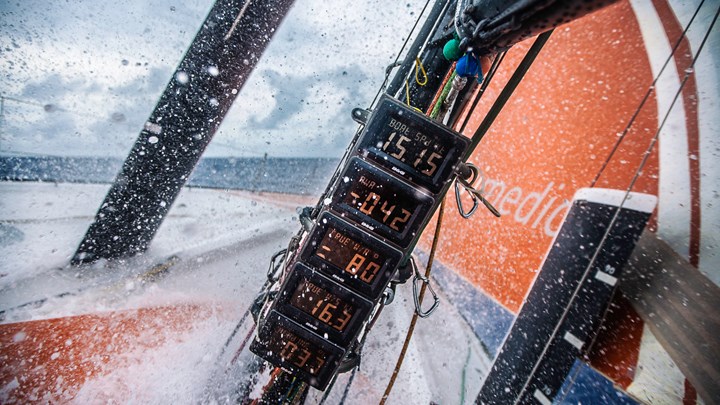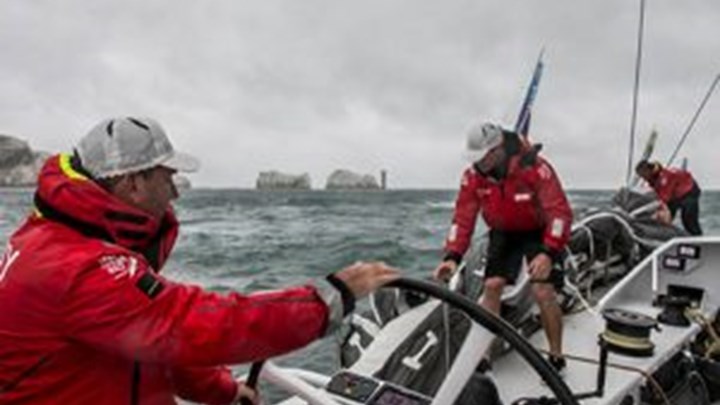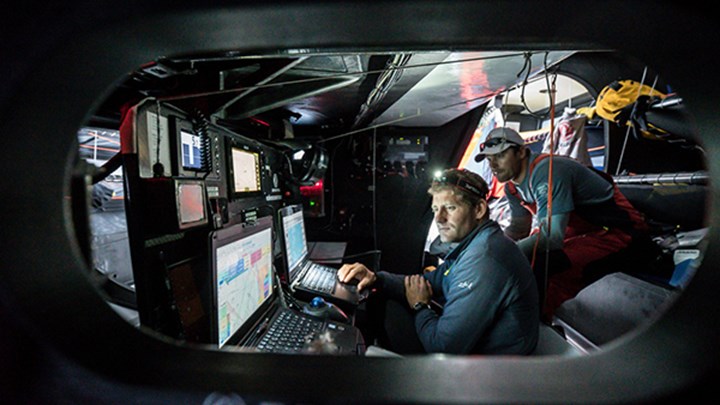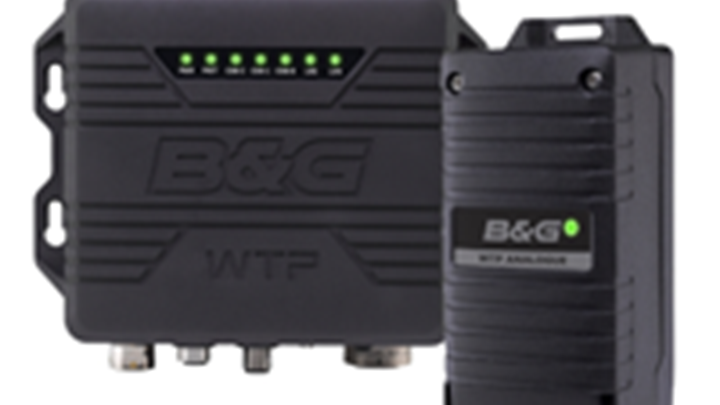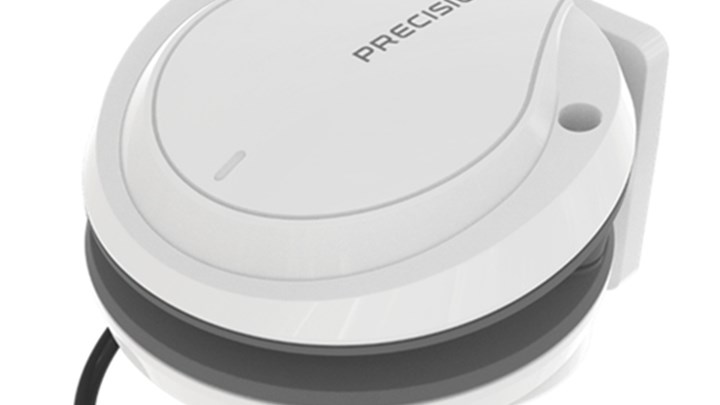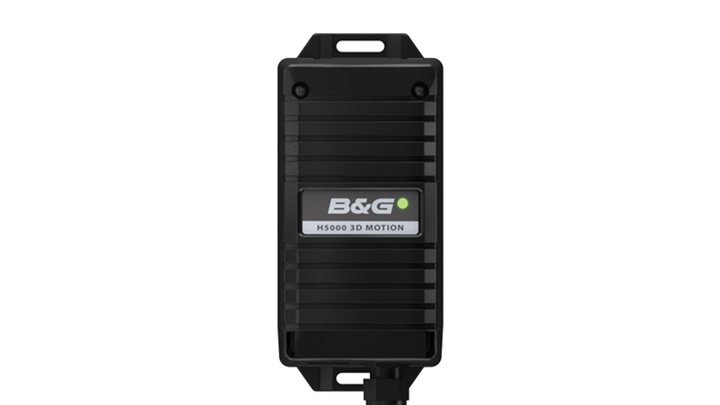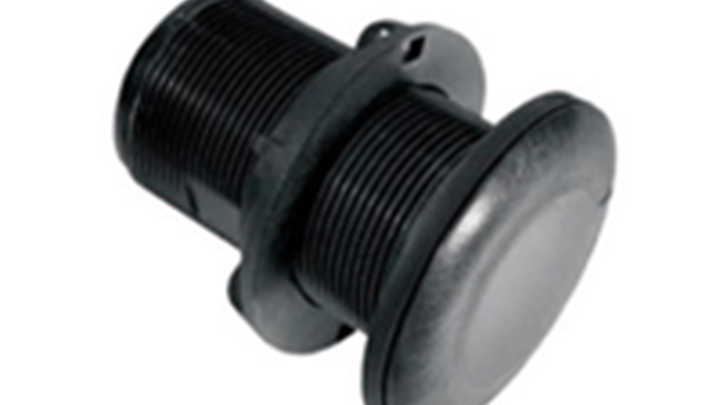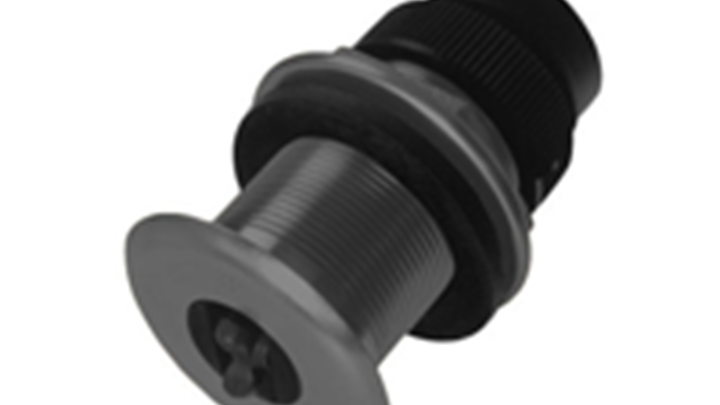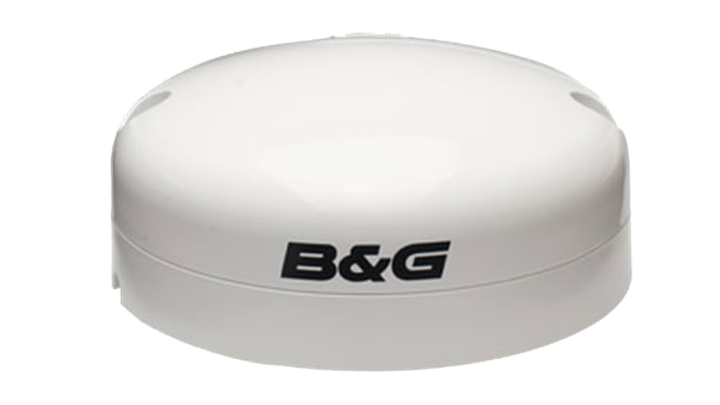
GPS Antenna
ZG100 - High-accuracy position, updated 10 times every second. The ZG100 GPS Antenna also houses an integrated multi-axis heading sensor, which allows it to carry out some clever damping of the GPS course over ground (COG) at very low boat speeds where normal antennas may become erratic due to normal GPS positioning errors. In extremes, it can also be used as a backup compass.


